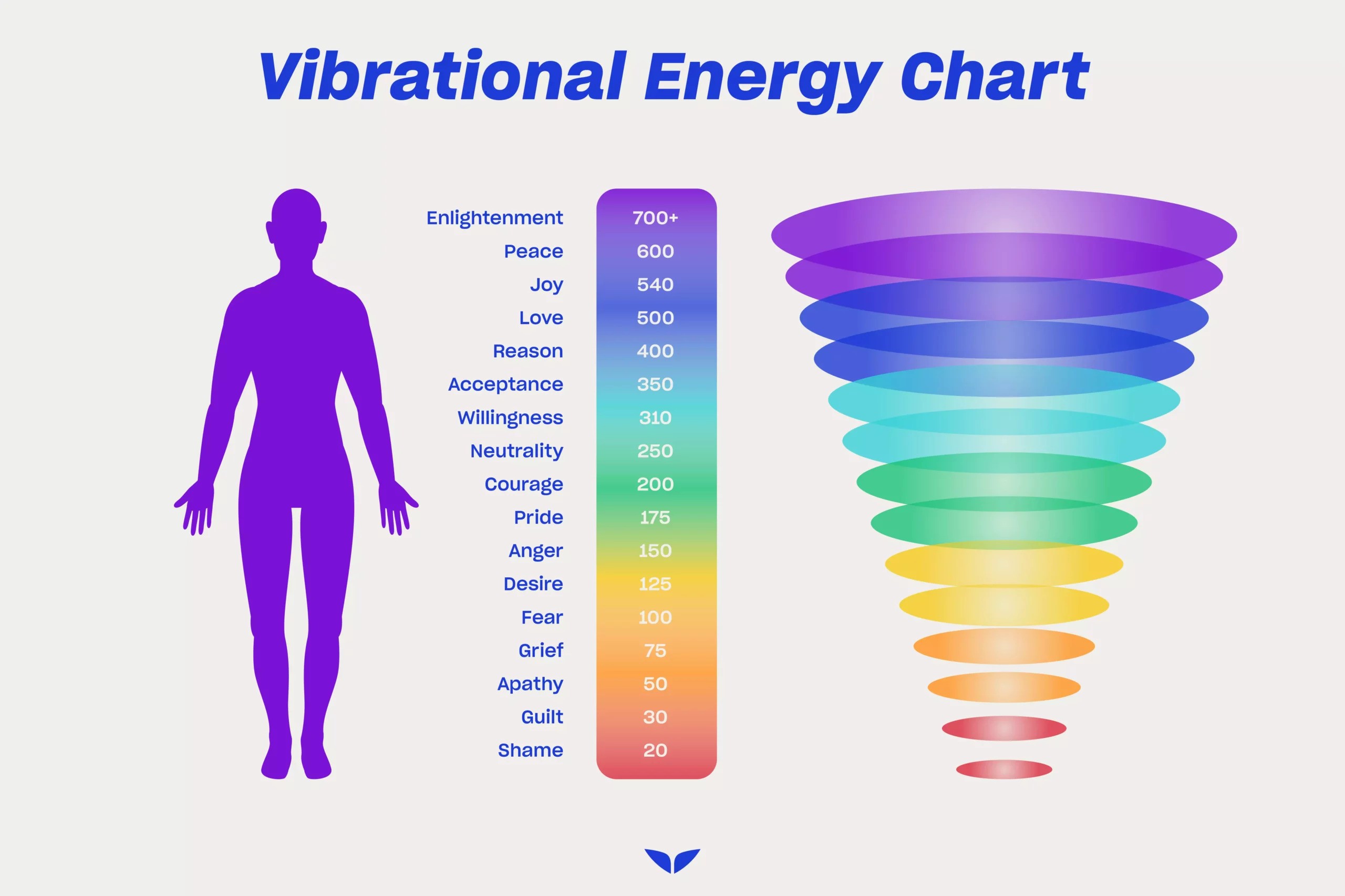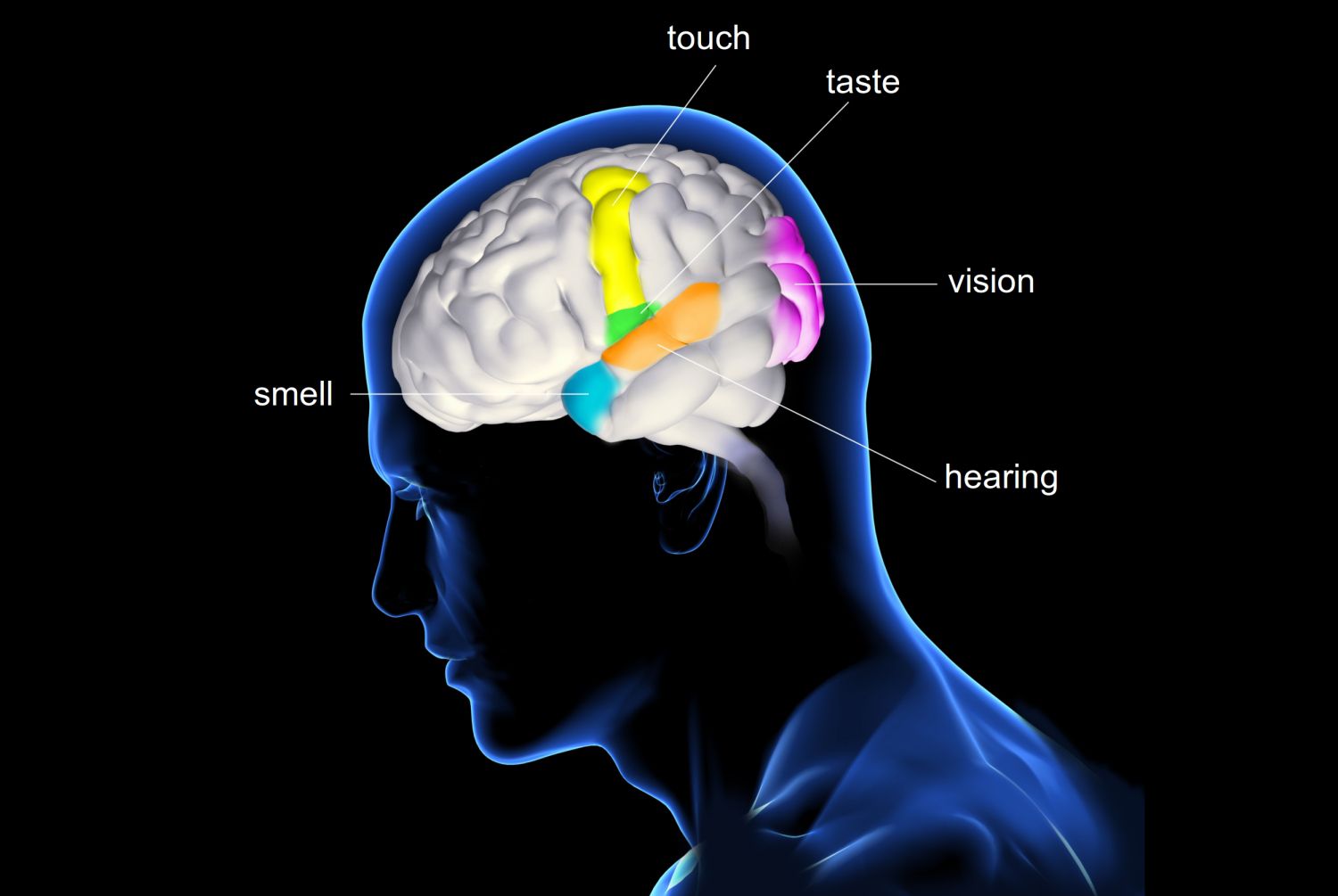The Best Methods Of Meditation For Beginners
We lower our stress levels, have a better understanding of our discomfort, connect better, enhance our focus, and are kinder to ourselves when we meditate.
The goal of meditation is to relax both the mind and the body; it's not a difficult procedure, but there are a few easy steps to get started. If meditation has been difficult for you, you may have been pushing yourself too hard.
To begin started, you can use a variety of methods. Because meditation is the polar opposite of what most of us do during the day, it might be tough to learn how to turn off your thoughts if you aren't used to it.
10 Most Known Methods Of Meditation For Beginners
Ten of the most common meditation techniques include:
1. Breathing meditation
The most fundamental kind of meditation is breathing meditation.
Sit back in a comfortable position, close your eyes, and breathe deeply, ideally via your nose. Concentrate on your breathing without trying to change or control it. When a random thought enters your mind, simply label it as "a thought" and return your focus to your breathing. This meditation teaches your brain to stop hopping around and stay in the present moment.
2. Body scan
Our bodies often perform one thing while our minds are elsewhere. This technique involves completing a mental scan from the top of your head to the end of your toes to bring your body and mind into alignment. Imagine a photocopying light moving gently over your body, highlighting any discomfort, sensations, tensions, or aches.
3. Visualization
This style of meditation encourages you to visualize something or someone in your mind, thereby replacing the breath with a mental image as the focus. It may appear difficult at first, but it's no more difficult than recalling the face of an old friend without effort. It's the same with meditation. We can not only watch the mind but also focus on any bodily feelings by conjuring a specific vision.
4. Mindfulness meditation
The most common meditation practice in the West is mindfulness meditation, which is based on Buddhist teachings.
You pay attention to your ideas as they flow through your mind in mindfulness meditation. You don't judge or become concerned with your thoughts. You simply look for patterns and make a note of them.
This technique incorporates both attention and awareness. While observing any physiological sensations, thoughts, or feelings, you might find it beneficial to focus on an item or your breath.
This sort of meditation is helpful for persons who don't have access to an instructor because it can be done alone.
5. Focused attention
Because it employs the object of our breath to focus attention, anchor the mind, and maintain awareness, this type of meditation is pretty simple. Have you noticed your thoughts wandering? Simply refocus your attention on your breathing.
6. Movement meditation
Although most people associate movement meditation with yoga, it can also encompass wandering in the woods, gardening, qigong, and other gentle types of movement.
It's a sort of active meditation in which you're guided by your movements.
People who find calm in action and prefer to let their minds wander would benefit from movement meditation.
7. Loving kindness meditation
This technique requires us to concentrate on the image of various people, regardless of whether we know them or not, or whether we like them or not. We focus positive energy and goodwill on ourselves first, then on others as a ripple effect, which helps us let go of whatever negative feelings we may be experiencing. A video with more information on how to apply the loving-kindness meditation practice may be seen below.
8. Mantra meditation
Many teachings, including Hindu and Buddhist traditions, emphasize mantra meditation. To clear the mind, this style of meditation uses a repeated sound. It might be a word, phrase, or sound, like the well-known "Om."
It makes no difference whether you say your mantra loudly or quietly. You'll be more aware and in tune with your surroundings after chanting the mantra for a while. This permits you to reach higher states of consciousness.
Some people prefer mantra meditation because it is easier to concentrate on a single word rather than their breath. This is also a useful technique for folks who appreciate repetition but dislike silence.
9. Resting awareness
Rather than focusing on the breath or visualization, this technique entails allowing the mind to truly rest; thoughts may arise, but instead of distracting you and drawing you away from the present now, they gently float away.
10. Transcendental Meditation
A common form of meditation is Transcendental Meditation. The scientific community has conducted various investigations on this practice. It uses a mantra or string of phrases that are unique to each practitioner, making it more adjustable than mantra meditation. This meditation practice is for individuals who enjoy structure and are dedicated to their meditation practice.
Here is a simple meditation practice for beginners:

Step 1: Get comfortable. Find a peaceful, secluded location to practice daily meditation. Next, find a meditation posture that is comfortable for you. Sit on a chair, on a cushion, or a bench, but try to sit up straight and pay attention to your back. Maintain alignment without being overly constrained. Relax!
Step 2: Be present. Check-in with how your body feels now that you've discovered your posture — are there any tensions? If there are any, you can either observe them or gently invite them to relax. While some traditions advise meditators to practice with their eyes closed, we recommend keeping them partly open and looking down and in front of you. It is easier to be aware while one's eyes are open. Another benefit is that when meditation becomes more of a habit, the distinction between awareness on the cushion and mindfulness in everyday life will blur.
Pay attention to what you hear, the feelings that go through your body, how it feels to be sitting there, and what thoughts come to mind. Be present without criticizing what you're going through.
Step 3: Focus on your breathing. Don't force your breathing; it should happen naturally. It doesn't matter if it's slow, deep, or consistent. As your mind settles down, so does your breathing. Take a moment to notice your breath, paying attention to the quality and rhythm of your breathing.
Your mind will most likely wander as you concentrate on your breathing. This is very typical, and it's excellent that you've noticed it. Allow your ideas to pass and gently bring your attention back to the object of your meditation: your breath once you've noticed that your mind has wandered.
Step 4: Feel your body's sensations as they pass through them. In your meditation, you might return to awareness of your body. A mental body scan could be part of this. Begin from your toes. What are their thoughts? Is there any tension in the room? Can you feel the movement of the air on your toes and feet if you're barefoot? Don't try to adjust or interpret anything; simply pay attention. Gradually work your way up, concentrating on one part of the body at a time. When you see your thoughts drifting, gently bring them back to the consideration of your body. You can either restore your attention to the breath or continue with the body scan after a few minutes.
Step 5: Practice makes perfect. Mindfulness meditation requires consistent practice. Taking 10 minutes out of your day to meditate can have long-term benefits. It won't be long before it feels like your day is missing something.
Step 6: Close with kindness. Lift your gaze gently when you're ready (if your eyes are closed, open them). Take a moment to listen to the sounds around you. Take note of how your body is currently feeling. Take note of your feelings and thoughts.
Step 7: Make mindfulness a part of your daily routine. Being mindful is being aware of the present moment. It entails consciously instructing the mind to focus on the present moment rather than rehashing old memories or worrying about the future. It's an odd fact that, even though the current moment is all we have, we rarely notice it until we start meditating. But once we get started, it's as if we've discovered the key to unlocking traits and insights that have always been there for the taking — we've just never taken the time or known how to get them. And that's all we've got!
The bottom line
Did any of these meditation practices strike a chord with you? Remember, it doesn't matter which technique you use in the end. What matters is that you pick a meditation technique that allows you to bring the traits you feel during meditation practice — calm, empathy, mindfulness into your daily life.



